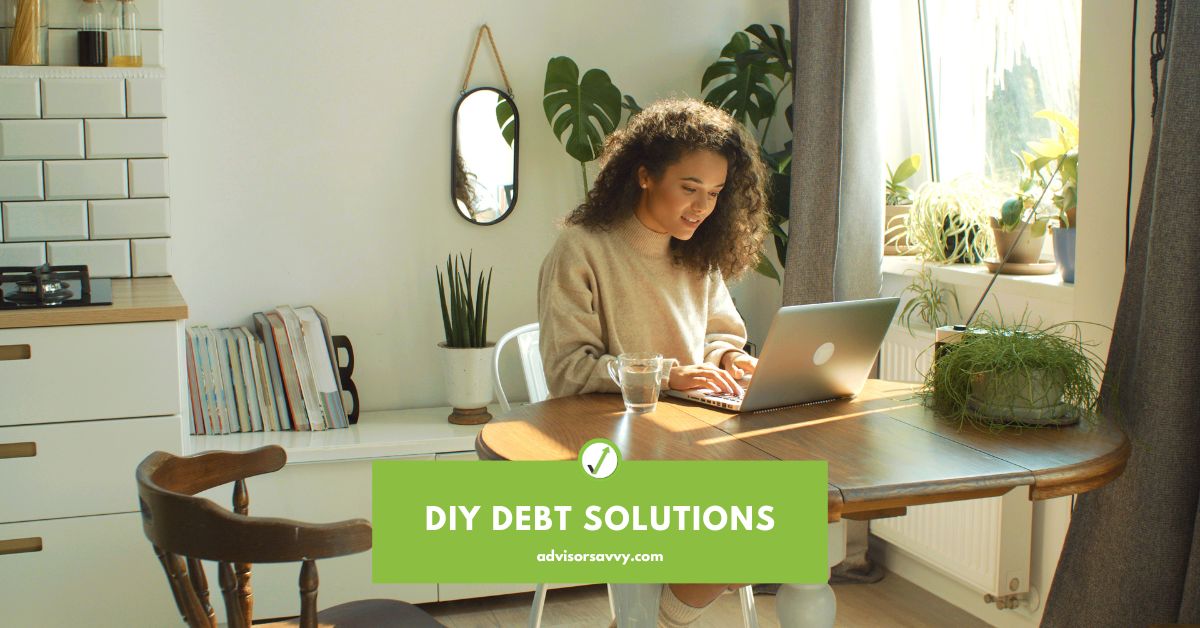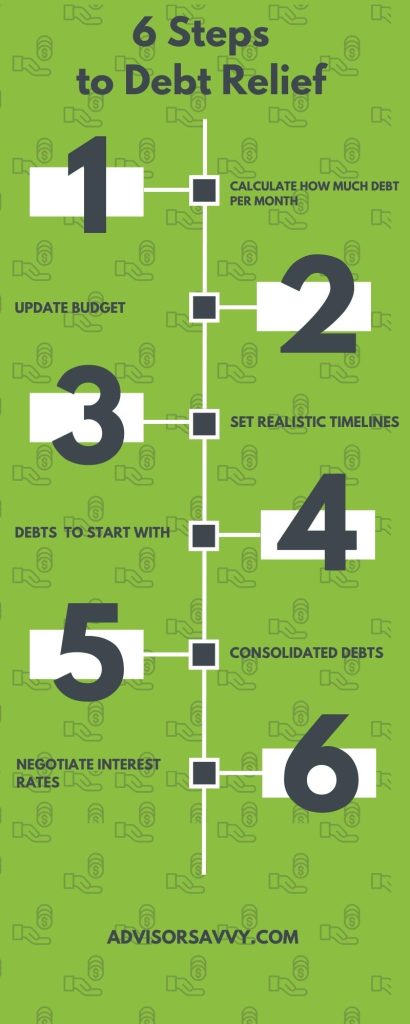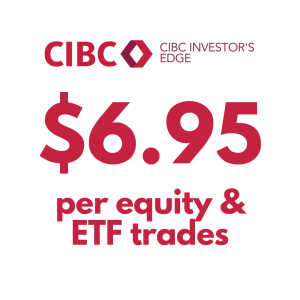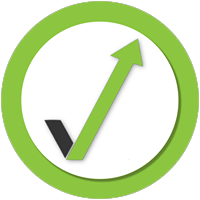
With rising costs due to inflation and turbulent times, many Canadians are struggling with their finances. You may have found yourself in more debt than you ever imagined. You may simply be overspending on non-essentials. Or, maybe you incurred a financial emergency and are still recovering. If you want to get a grasp on your debt, we will explore realistic DIY debt solutions in this article.
Canadians have a range of debts — car loans, mortgages, credit cards, student loans, lines of credit and personal loans. With rapidly increasing interest rates, you probably have felt the squeeze. In fact, many have been feeling the squeeze in Canada. Just last week, an analysis presented by the Canada Mortgage and Housing Corporation found that Canada’s household debt is the highest out of all G7 countries. Furthermore, about 75% of the debt is attributable to mortgages.

Table of contents
Are you looking for solutions to help you stay on track with your wide range of bills and upcoming debt payments? With a little guidance everyone can find out how to “Do It Yourself” for any problem. Here are some DIY Debt solutions you may want to consider to get back on track with your personal finances.
DIY Debt Solutions: How can I reduce my debt myself?
Tackling debt on your own can be a rewarding experience. After going through the process, you’ll learn valuable lessons about how to manage your debt and finances moving forward. Below is a step by step DIY debt solution anyone can implement today!

Step 1: Figure out how much debt is costing you each month
If you are in debt, your first step is to figure out exactly how much debt you are in. While it can be intimidating, calculating your total amount of debt can help you plan your way out.
Debt-to-income ratio is a key indicator of the seriousness of your debt. The ratio is calculated by summing all your non-negotiable expenses. This includes rent or housing payments, alimony or child support payments, loan payments, and credit card payments. Once you calculate your total expense, you can divide by your total gross monthly income. This number is your debt-to-income ratio. The lower this percentage is, the better your finances are and the easier it will be for you to plan a DIY debt solution.
If you are spending over 40% of your income on debts, you may need to seek professional support from a financial advisor. But keep on reading to see if some of these DIY debt solutions will help along the way.
CIBC Investor’s Line Offer
Up to $6.95 per online stock or ETF trade. Plus, there’s no minimum account balance.
Step 2: Update your budget
Few realize that too much of their money is being spent each month. This is when it is time to make or update a budget. No one likes sitting down and figuring out where they are overspending. Or, where they can cut back and where they may have a couple extra hundred dollars going to waste. If you have a manageable amount of debt, an updated budget may be all you need to resolve your financial situation. A proper budget allows you to make cuts to expenditures and put money towards debt payments, thereby resolving the issue quickly.
Create a manageable budget by reading The Best Budgeting Apps And Tools For Canadians. Additionally, you may want to brush up on Tips On How To Save Money.
Step 3: Set realistic timelines
Debt isn’t paid overnight, it takes time. Setting a timeframe between 1 to 5 years is smart and realistic. You want to make sure your budget can support you and work with you in reducing debt. Take a few extra months to pay off debt and make sure you can live comfortably. The idea is to build a sustainable financial structure for yourself. Otherwise, you may end up in a tumultuous cycle of highs and lows with your personal finances. Slow and steady wins the race!
Step 4: Debts to start with
There are a few different strategies when paying off debts. You can use the Debt Snowball Strategy or the Debt Avalanche Method. The Snowball Method focuses on paying off your smallest debts first. Then working towards your larger debts, no matter which debt has the highest interest. The idea here is by successfully paying off debts you are more motivated to continue paying off debt. Momentum is key!
With the Avalanche Method, you target debts with the highest interest first. Then work down to debts with the lowest interest. This greatly reduces your payments overtime and avoids debt building from high interest. The concept behind this strategy is to focus on keeping the cost of debt as low as possible.
No matter which approach you take, you should always make the minimum payments on all debts. As for which method you choose, that’s entirely a personal decision. If you’re more motivated by cost savings, go with the Avalanche Method. But if you’re more motivated by wins and achievements, then proceed with the Snowball Method.
CIBC Investor’s Line Offer
Up to $6.95 per online stock or ETF trade. Plus, there’s no minimum account balance.
Step 5: Consolidate debts
Juggling many different payments can be a headache and a stressor on its own. Having different interest rates and other information to consider is an additional challenge when tackling debt. Consolidating all your debts is a good solution. All payments are placed into one loan, as opposed to many. This removes the headache of multiple payments and different interest rates. Typically, debt consolidation loans have much lower interest rates than credit cards or other unsecured debts. Meaning, you will pay less money overall.
You can apply for debt consolidation loans with your bank or another lender. However, be mindful of the interest rate and terms before signing any paperwork. The idea is to get yourself into a better situation with your debt, not a worse one! Each financial institution has different criteria for their loans, and you need to qualify for this. If you are able to qualify, this is an extremely useful tool in supporting yourself in a DIY debt solution.
Step 6: Negotiate interest rates
Creditors want to ensure they receive payments. After all, they’re in the business of lending and collecting! It is in a creditors best interest to make loan repayment easier for you. Calling them and asking them for a reduce interest rate will work in your favor. It may take some explanation of your financial situation. Many creditors are willing to reduce interest rates, especially if the alternative is default. Sometimes they will only agree to a reduced rate for a fixed period, like a year or so.
These calls are not easy to make, but they can benefit you immensely. Making these calls also shows your intention to repay the loans and work things out with the creditor. The worst case scenario is the lender says no to a reduced interest rate. But if you don’t ask, you won’t receive!
Related Reading: 10 Steps to Financial Freedom
What is the best solution for debt?
The best solution for debt depends on your personal circumstances and what resources are available to you. Below are potential DIY debt solutions, arranged in the order of easiest to implement, to hardest:
- Budgeting
- Financial counselling
- Negotiating with lenders for lower interest rates and better terms
- Debt consolidation loan
- Consumer proposal
- Bankruptcy
Related Reading: Consumer Proposal vs Bankruptcy: What’s the difference?

Match to your perfect advisor now.
Getting started is easy, fast and free.
What to do when you’re in debt and have no money?
If you have no money and revamping your budget does not look promising, it may be time to seek the help of a professional. There are debt management programs that can help you. Even if the outcome is declaring bankruptcy, you can find solace in a fresh start. You can also try to seek the support of family members and friends.
There are other DIY debt solutions, like getting a side hustle online, or elsewhere, with all profits going to debts exclusively. Alternatively, you may need to tweak your lifestyle, like moving somewhere more affordable or selling your car and switching to public transit. If you truly want to use a DIY debt solution, it’s time to get creative!
If you find yourself in a situation where you are unemployed with no income and high debt, seeking professional help is the appropriate next step. Unfortunately, with limited resources, it can be challenging to implement a DIY debt solution.
Related Reading: Tax Credit vs Tax Deduction in Canada
Can I put all my debts into one?
Yes, you can consolidate your debts into one big loan, better known as a debt consolidation loan. Debt consolidation loans are a very real solution to large acquired debts. If you can secure a loan from your bank for this purpose, you are on track to an excellent DIY debt solution.
DIY Debt Solutions and You
If you have struggled with rising costs and charged your credit card more often than you have in the past, it may be time to sit down and take a hard look at your debt, expenses and income. You may be surprised with how a little math, a simple budget, and better financial habits can help you create DIY debt solutions. You may also find that your financial situation is worse than you ever imagined — and that’s okay. Realization and awareness is the first step. Finances can be tough and there are professionals ready to help.
If you’re struggling to implement a DIY debt solution on your own, you can always consult a professional. Fill out this quick questionnaire to be matched with a financial advisor today.
Read More: What is the average debt in Canada?


